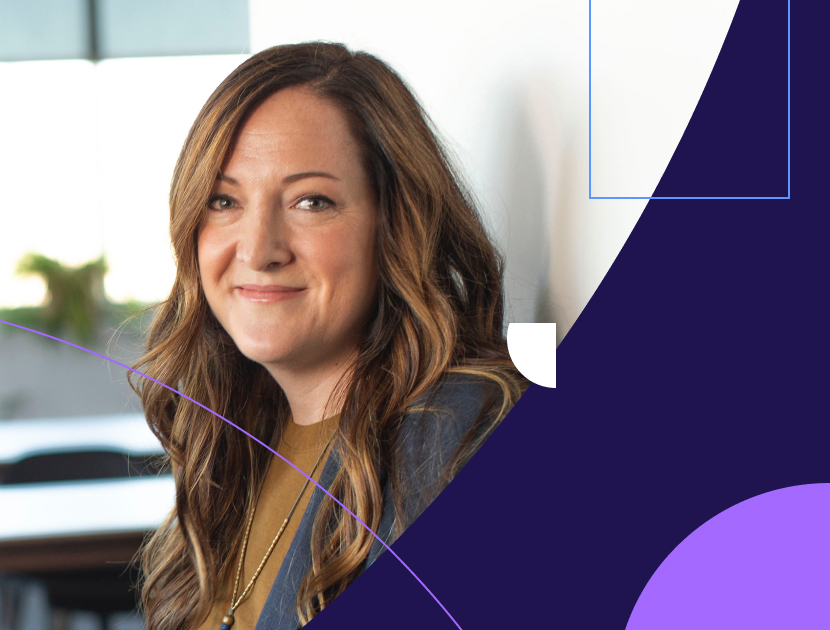As a small business owner, it’s not always easy to find the money to invest in new assets, especially if you’re just starting out. This is where asset finance can come in handy.
Asset finance is a term that basically means you’re taking a loan against a piece of equipment, or plant, object or vehicle that you want to purchase. It allows you to gain control of that item immediately for your business without having to pay for it upfront.
With asset finance, you can pay for these items over time, rather than all at once. This can be done by making monthly payments which can be easier for small businesses to manage than once large lump sum.
Why is asset finance a good option for small business owners?
There are a few reasons why asset finance is a smart option. Saving for equipment generally takes a long time. With asset finance you can start using the equipment or items you need straight away. With better equipment or more materials your business could become more profitable and productive in the time it would take you to save for the assets outright.
Asset finance is also a more affordable option than borrowing from a bank. Interest rates for asset finance are often lower than bank rates. Plus, your repayments are spread out which makes them far more manageable.
What are the benefits of using asset finance?
Access new assets immediately
Equipment, machinery and work vehicles are expensive and saving up for these items takes a long time. With asset finance, you can skip the savings process (which could take years) and instead, reap the benefits of a new asset right away.
Increase your businesses productivity
Working with old, tired equipment or machinery can be a nightmare. Old equipment can also slow down your productivity, limit what your business can achieve and is often expensive to repair and run long-term. By using asset finance to fund new equipment you might be able to do the same job faster, cheaper or to a higher standard. After upgrading your equipment may even be able to offer new services, take on more work or sell your existing services to a wider client base.
Avoid offering other equipment as collateral
One benefit of using asset finance to buy new equipment or machinery is that you don’t have to offer anything else as collateral. If you can’t make your payments, your lender will take ownership of the equipment or vehicle funded under asset finance. This puts your business in a less risky position than if you took out a secured business loan and used an asset you already owned as collateral.
Maintain better cash flow
Asset finance is a great way to maintain cashflow and ensure you still have money for other important things. Instead of paying for a big purchase all at once with your own money, you can use asset finance to spread out the cost of the purchase. This way, you can pay monthly installments towards your new asset while still having enough cash for regular expenses like employee salaries, advertising or inventory.
Manage your budget better
Another plus of asset finance is that it can help you budget better. You’ll know exactly what you owe each month, allowing you to plan ahead and avoid any financial surprises. This is helpful for small businesses that might not have a lot of cash on hand or operate on tight margins.
Maintain your credit score
Using asset finance can also help you build up your credit score. When you make regular payments on time, lenders see that you’re a responsible borrower. This can make it easier for you to get loans or other kinds of financing in the future.
What types of asset finance are available?
Chattel mortgage
A chattel mortgage is a type of loan used to buy an asset, like a car or a piece of equipment. The lender loans you the money to buy the asset but take a mortgage over the asset as security. This means if you can’t pay back the loan, the lender has the right to take the asset from you to recover their money.
Operating lease
An operating lease is like renting. You borrow a car or a piece of equipment for a set amount of time and make regular lease payments during that period. You don’t own the asset and have to return it at the end of the lease term. With an operating lease, you are responsible for maintenance of the asset during that time.
Rental agreement
When an asset is rented rather than leased, you’re still borrowing and paying for its use, but usually for a shorter period of time. Another difference to leasing is that you’re not responsible for any maintenance of the asset while you’re renting it.
Novated lease
A novated lease is done by making payments via your employer from your pre-tax salary. Paying for an asset before tax is deducted helps to reduce your taxable income and you’ll pay less tax overall. As a business owner, you can have a novated lease as long as you are paid with PAYG.
Apply for asset finance with ThinkCap
Asset finance is a great tool for small business owners looking to invest in new assets without depleting their cashflow. You can pay for the equipment and items you want over a longer period of time, which makes them easier to afford.
Need help with buying equipment or materials? We can find the right kind of finance for your small business. Apply today.


